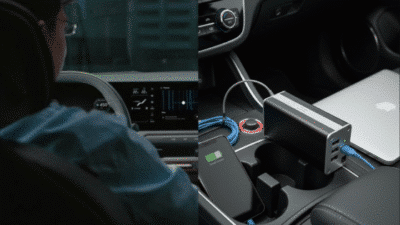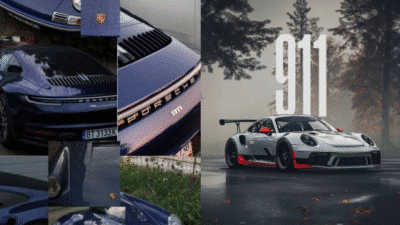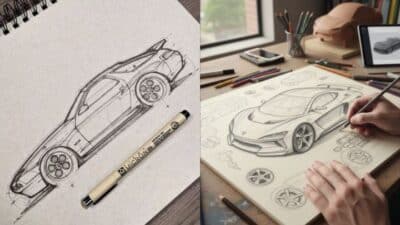Ever looked at a beautifully rendered car sketch and wondered how artists make it look so real, almost as if it could drive right off the page? You’re not alone! Realistic car sketching is a skill that blends technical precision with artistic flair, capturing the essence, sleek lines, and aggressive stance of an automobile. It’s more than just drawing; it’s about understanding form, light, reflection, and materials to bring a static image to life. Whether you dream of becoming an automotive designer, love cars, or simply want to improve your drawing skills, diving into realistic car sketching is an incredibly rewarding journey. Get ready to rev your artistic engines, because we’re about to embark on a comprehensive ride through the world of automotive art.
Why Realistic Car Sketching is a Game-Changer
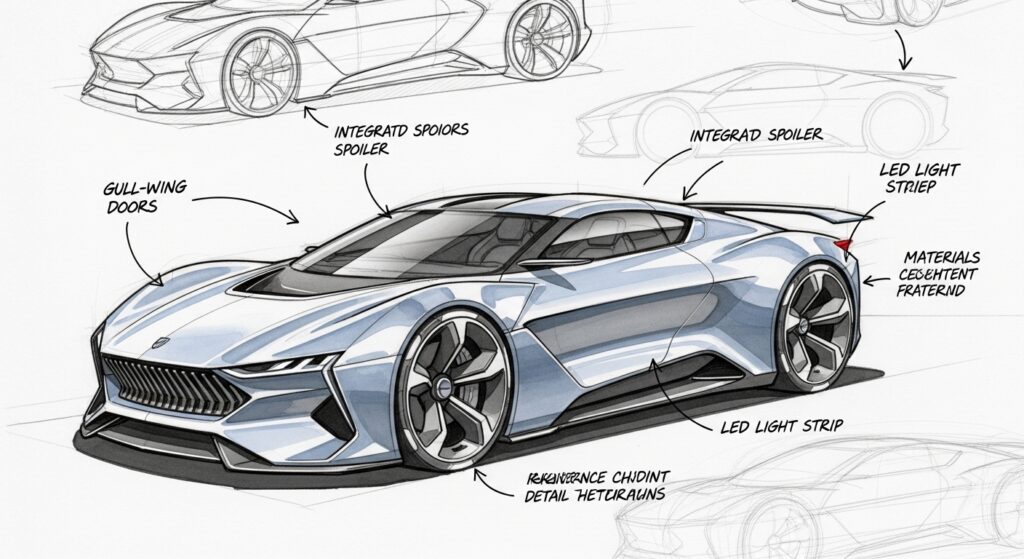
Before we pick up our pencils, let’s talk about why mastering this niche is so powerful. It’s not just about creating pretty pictures; it’s about developing a keen eye for detail, understanding complex forms, and communicating design ideas effectively. For automotive designers, a realistic sketch is often the first step in a car’s journey from concept to asphalt. For hobbyists, it’s a profound way to connect with their passion.
The Allure of Automotive Design
Cars are more than just transportation; they are symbols of status, freedom, engineering prowess, and often, personal identity. Capturing this essence in a sketch demands an understanding of industrial design principles combined with artistic sensibility. A well-executed realistic car sketch can evoke emotion, suggest speed, and highlight the beauty of mechanical engineering. It’s a challenge that pushes artists to constantly refine their observation and rendering skills.
A Foundation for Future Skills
The principles you learn in realistic car sketching—perspective, proportion, light and shadow, material rendering—are transferable to countless other forms of art and design. You’ll develop a stronger understanding of 3D objects on a 2D surface, which is invaluable for everything from product design to architectural illustration. It sharpens your mind, improves your hand-eye coordination, and builds a robust foundation for any creative pursuit.
Gearing Up: Essential Tools for Your Artistic Journey
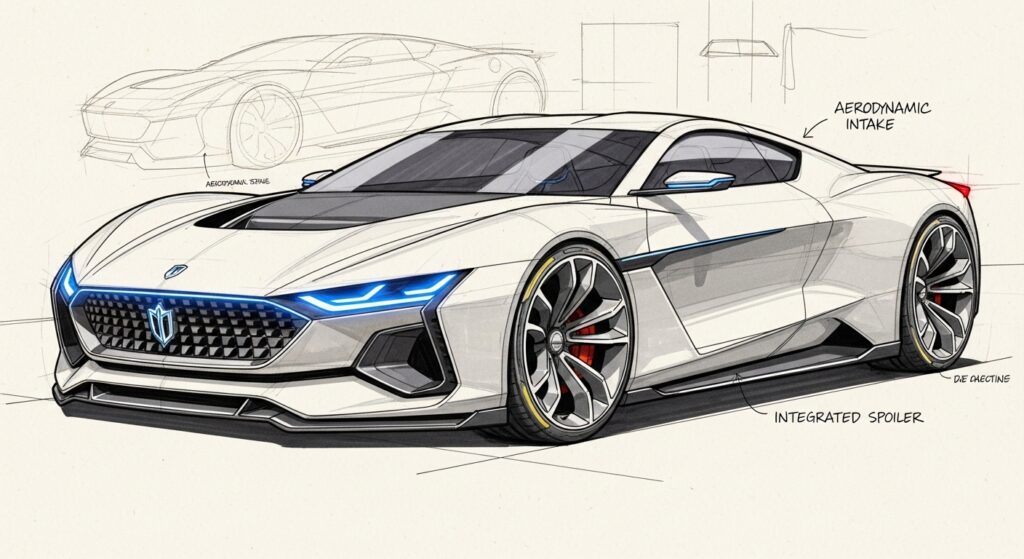
You don’t need a professional studio to start, but having the right tools can make a significant difference in your results and overall experience. Think of it like choosing the right wrenches for a mechanic; the better the tool, the smoother the job.
Traditional Sketching Essentials
- Pencils: A good range of graphite pencils is crucial. Start with H (harder, lighter lines for initial layouts) to B (softer, darker lines for shading and accents). A set from 2H to 6B is a great starting point. Mechanical pencils are also fantastic for consistent line weight and detail work. For some general ideas to spark your creativity, you might want to check out these drawing inspirations.
- Paper: Smooth paper is usually preferred for car sketching as it allows pencils and markers to glide easily, creating crisp lines and smooth blends. Bristol paper (plate surface) or Canson marker paper are excellent choices. Avoid overly textured paper, as it can interfere with smooth rendering.
- Erasers: A kneaded eraser is a must-have for lifting graphite gently without smudging and for creating highlights. A vinyl or plastic eraser is good for sharper, more precise erasures.
- Rulers and Guides: While freehand is the ultimate goal, rulers, French curves, and ellipse templates can be incredibly helpful for establishing accurate proportions and perfect curves, especially for beginners. A good T-square or parallel ruler can ensure your perspective lines are spot on.
- Markers: Alcohol-based markers (like Copic, Promarker, or Prismacolor) are the industry standard for rendering cars. They offer smooth, blendable color and come in a vast array of shades. Start with a selection of grays (cool and warm) and a few key colors for car bodies and reflections. Think about investing in a blender marker too.
- Fine-liners/Pens: For crisp outlines and detailing, a set of fine-liner pens (e.g., Micron pens) in various thicknesses (0.1mm to 0.8mm) can elevate your sketch.
- White Gel Pen/Pencil: Essential for adding sharp highlights and reflections, making your car sparkle.
Digital Sketching Power-Ups
In today’s design world, digital tools are just as prevalent, if not more so. Digital sketching offers unparalleled flexibility and a non-destructive workflow.
- Graphics Tablet: Wacom Intuos or Cintiq, iPad Pro with Apple Pencil, or Microsoft Surface are popular choices. These provide pressure sensitivity, mimicking traditional tools.
- Software: Adobe Photoshop, Procreate (for iPad), Sketchbook Pro, Corel Painter, and Concepts are all excellent options for digital automotive sketching. Each has its strengths, so experiment to find what feels right for you. The debate between AI vs traditional design is interesting, but for learning fundamentals, traditional methods are often invaluable.
The Anatomy of a Car: Deconstructing the Machine
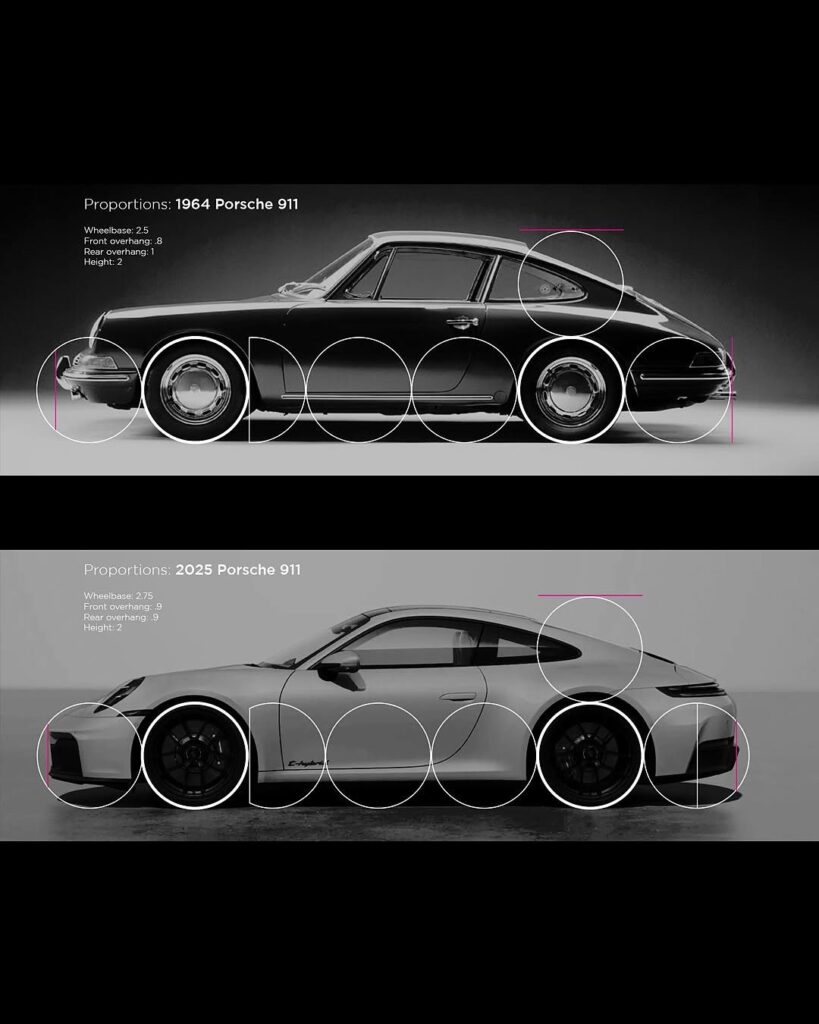
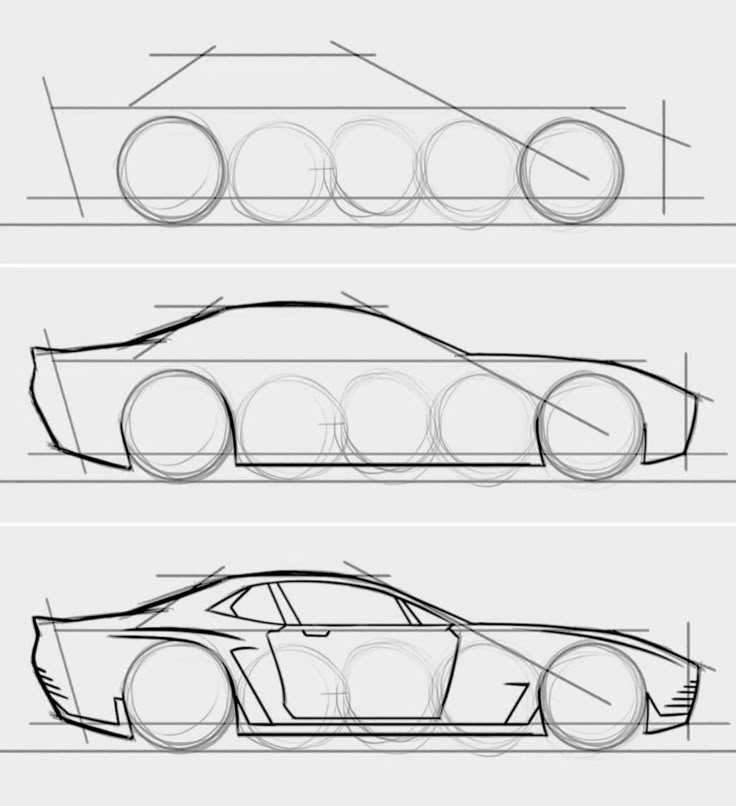
To draw a car realistically, you need to understand it. A car isn’t just a blob; it’s a collection of precisely engineered components. Spend time observing cars, both in real life and in photographs. Identify the primary volumes, secondary details, and how they interact.
Understanding Basic Forms and Proportions

Every car, no matter how complex, can be broken down into fundamental geometric shapes: cubes, cylinders, spheres, and wedges. Start by sketching these basic forms to define the car’s overall mass and proportions. This foundational step is critical.
- The Chassis (Body Block): Imagine a simple box representing the main body. This helps define the car’s length, width, and height. From this block, you can carve out the specific contours.
- The Wheelbase: The distance between the front and rear axles. This dictates the car’s stance and often its character (e.g., short wheelbase for sportiness, long for luxury).
- Wheel-to-Body Ratio: Observe how much of the wheel is visible and how it relates to the surrounding fender. This is a crucial element for a balanced look.
- Greenhouse (Cabin): The upper section of the car, including the windshield, windows, and roof. It’s often a separate, distinct volume from the lower body. Pay attention to its taper and how it meets the body.
Mastering Perspective: Your Guiding Star

Perspective is arguably the most challenging but most rewarding aspect of realistic drawing. Without correct perspective, your car will look warped or flat. Automotive sketches typically utilize one-point, two-point, or three-point perspective.

- One-Point Perspective: Ideal for front or rear views where one face of the car is parallel to the viewer. All parallel lines recede to a single vanishing point on the horizon line. Great for beginners to grasp the basics.
- Two-Point Perspective: The most common for dynamic, realistic views. Two sides of the car recede to two different vanishing points on the horizon line. This gives depth and a natural feel. Most car side views with a slight angle will use this.
- Three-Point Perspective: Adds a third vanishing point, either above or below the horizon line, making the car appear to be seen from a high (bird’s-eye) or low (worm’s-eye) angle. This adds drama and scale, making the car look more imposing or sleek.
- Horizon Line and Eyeline: This is your eye level. Objects above it are seen from below; objects below it are seen from above. Keeping track of the horizon line is fundamental to accurate perspective. Practice drawing simple boxes in different perspectives to get a feel for it. For beginners looking to get started, here are 7 cool drawing ideas for beginners that can help build foundational skills.
Breaking Down the Car: Detailed Components
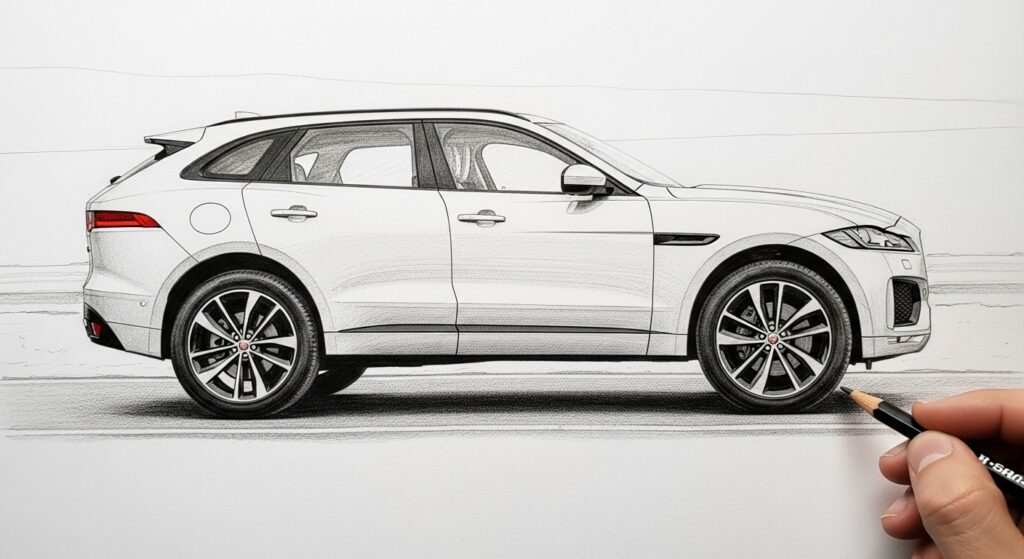
Once you have the overall form and perspective locked down, it’s time to zoom in on the details. Each component plays a vital role in defining the car’s identity and adding to its realism.
Wheels and Tires: The Grounding Force

Wheels are often considered one of the hardest parts to draw accurately, yet they are absolutely critical. They literally ground the car. Incorrectly drawn wheels can ruin an otherwise perfect sketch.
- Ellipses in Perspective: When viewed from an angle, circles (like wheels) become ellipses. Practice drawing perfect ellipses in perspective. The minor axis of the ellipse (the shortest diameter) should always point towards the vanishing point.
- Tire Sidewall: Don’t forget the depth of the tire. It’s a chunky piece of rubber, not a flat disc. Render its thickness and the subtle curve of the sidewall.
- Tread Pattern: For extreme realism, you might hint at the tread pattern, especially on the top surface of the tire facing the viewer. Use light lines for this.
- Rims/Hubcaps: These are often complex. Simplify them initially, focusing on the main spoke pattern and the hub. Pay attention to how light hits them and creates reflections.
The Body Panels: Curves, Creases, and Reflections
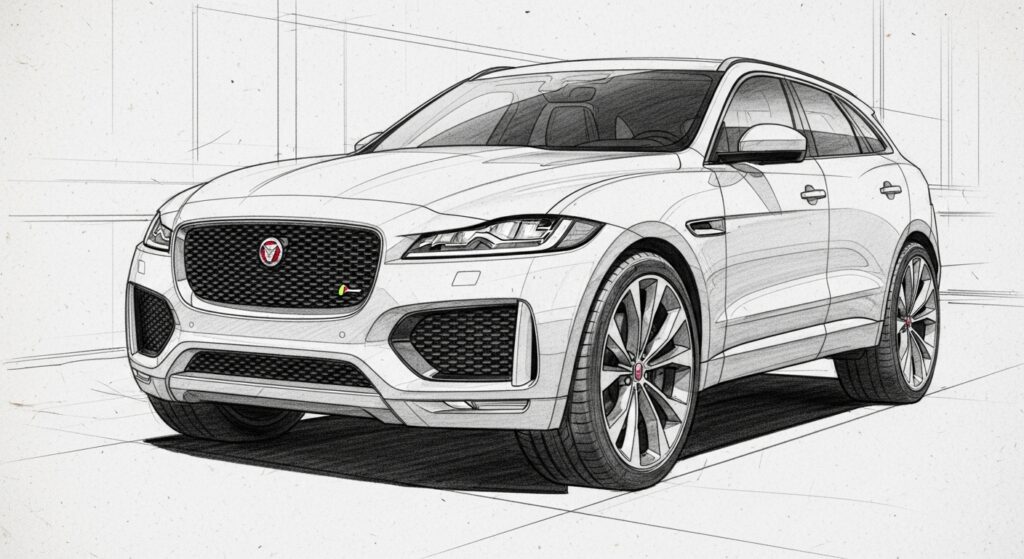
This is where the car’s character truly shines. Modern car bodies are a symphony of complex curves, sharp creases, and subtle surfacing.
- Character Lines: These are the sharp, intentional creases that run along the body. They define the car’s musculature and direct the eye. Draw them with confidence and varying line weight.
- Surface Tension: Think about the tautness of the sheet metal. Surfaces are rarely flat; they swell and contract. Understand how light stretches across these surfaces.
- Panel Gaps: The tiny spaces between body panels (doors, hood, trunk). These add realism and define individual elements. Draw them as subtle, dark lines.
- Mirrors and Handles: These smaller elements, though often overlooked, add essential detail and scale. They also provide opportunities for sharp reflections.
Glass: Transparency and Reflective Wonders

Windows are not simply empty spaces. They are transparent surfaces that reflect their environment while also allowing a glimpse inside.
- Reflections: This is key. Windows reflect the sky, surrounding objects, and even parts of the car itself. Use sweeping, often parallel lines in your marker rendering to suggest these reflections. The direction of these reflections is crucial for indicating the curvature of the glass.
- Tint and Depth: Consider the tint of the windows. Darker tints will show fewer interior details but more external reflections. The subtle thickness of the glass can also be hinted at.
- Interior Glimpse: For lighter windows, you might include a very simplified, gestural hint of the interior (seats, steering wheel) to add depth, but avoid over-detailing.
Lights: The Eyes of the Car

Headlights and taillights are defining features, often becoming signature elements of a brand. They are also highly complex, combining glass, chrome, and intricate internal structures.
- Lens Detail: Modern lights often have internal lenses, LEDs, and reflectors. Render these with fine lines and sharp highlights. The light sources themselves should have bright, intense highlights.
- Glow and Shadow: Consider how light spills from headlights at night, or how taillights cast a soft red glow. Even in daylight, the complex geometry of the lights creates interesting shadows and highlights.
Grille and Vents: Texture and Aggression


The grille is the car’s face, often conveying aggression, luxury, or sportiness. Vents, whether functional or aesthetic, add to the car’s character.
- Mesh Patterns: Grilles and vents usually feature intricate mesh or slat patterns. Don’t draw every single line, but suggest the texture with consistent, repeating strokes. Varying the darkness of these lines can create depth.
- Depth and Shadow: These elements are recessed into the body, so they will naturally have darker shadows around their edges, creating a sense of depth.
Techniques for Achieving Mind-Blowing Realism
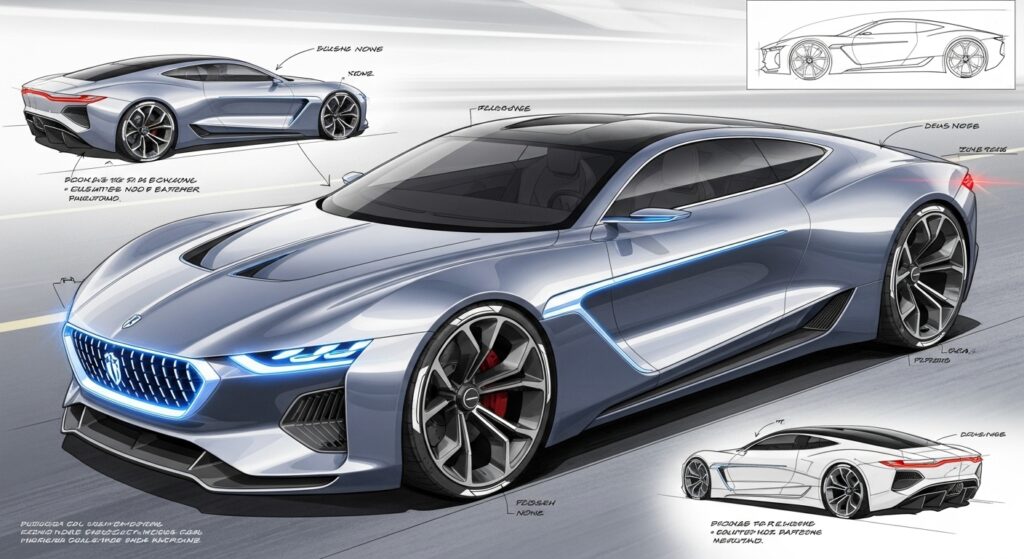
Now that you understand the components, let’s talk about the techniques that transform a basic outline into a hyper-realistic illustration.
Line Weight and Control: The Foundation of Form
Your lines are not all equal. Varying line weight adds depth, defines edges, and suggests material properties.
- Thicker Lines: Use for edges closest to the viewer, shadow areas, and to define the main silhouette. This makes the object pop.
- Thinner Lines: Use for internal details, creases further away, and lighter areas. This creates a sense of refinement and pushes elements back in space.
- Confident Strokes: Avoid
- 236shares
- Facebook0
- Pinterest236
- Twitter0

